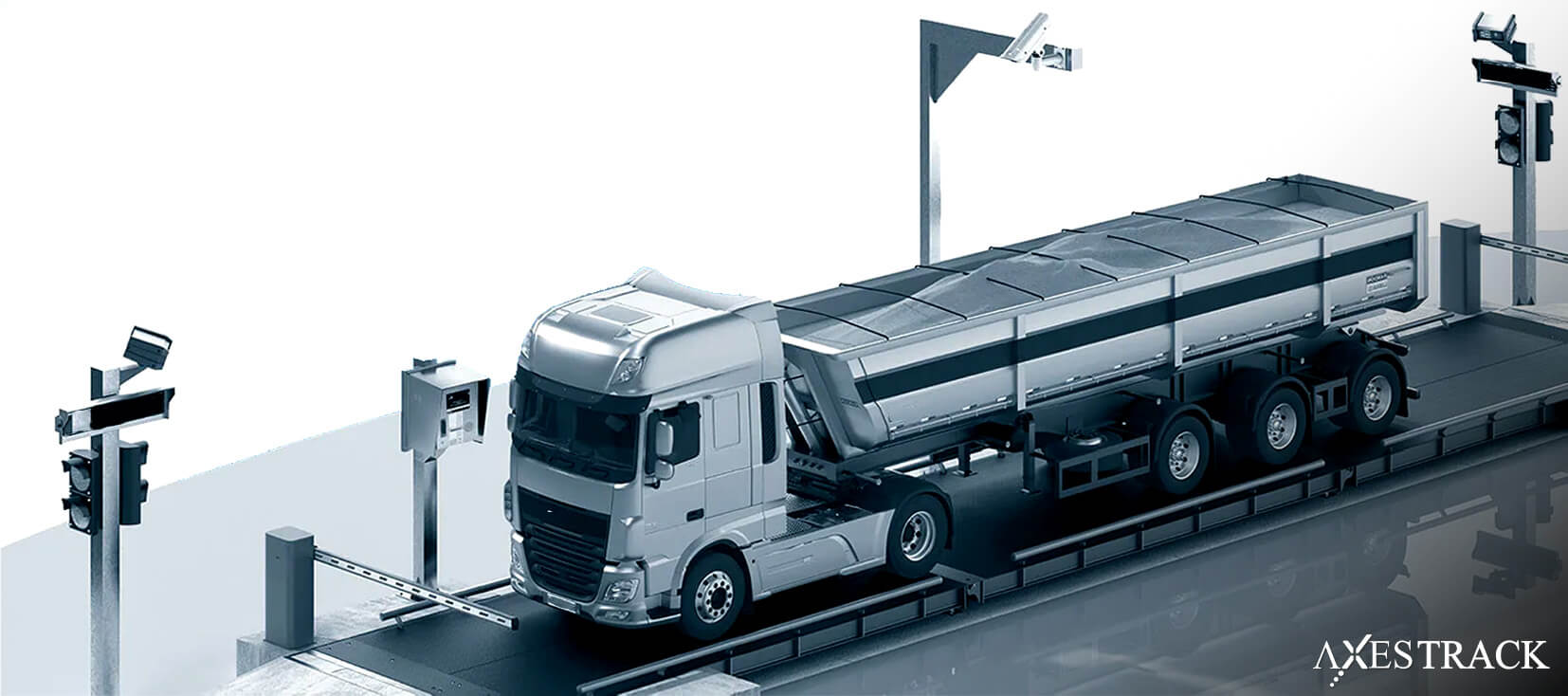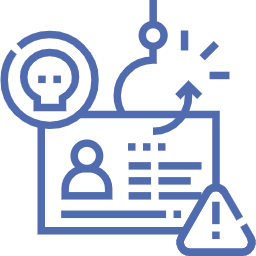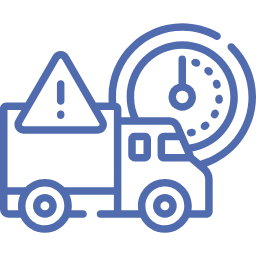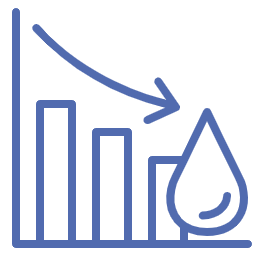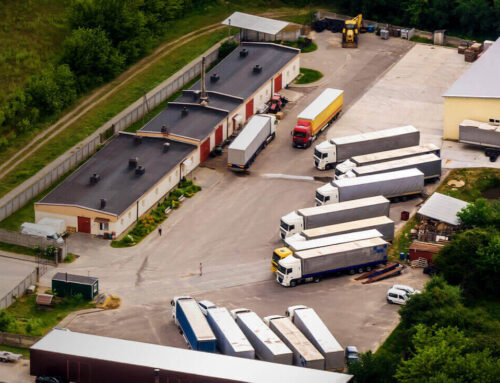In today’s highly competitive industrial landscape, operational efficiency and precision in plant logistics are non-negotiable imperatives for manufacturing leaders. The weighbridge — a seemingly straightforward asset — is actually a critical control point that influences inventory accuracy, regulatory compliance, and overall throughput. Yet, many plants still rely on manual weighbridge processes, which introduce delays, errors, and risks of fraud that directly impact bottom-line performance.
Modern weighbridge automation is emerging as a silent but powerful efficiency booster, delivering measurable improvements in speed, accuracy, and transparency that executives and operations managers can’t afford to ignore.
The Conventional Role of Weighbridges
Weighbridges are central to material handling within plants, serving to:
- Validate incoming raw material and outgoing finished goods weights for inventory reconciliation
- Ensure compliance with regulatory weight limits and documentation standards
- Provide an accurate basis for costing, billing, and supplier/vendor accountability
Their correct functioning is foundational to maintaining operational integrity and trust in supply chain data.
Operational Inefficiencies in Manual Weighbridge Logging
Despite their importance, traditional manual weighbridge operations create several challenges:
Enhancing Accuracy and Speed Through Automation
Automation technologies have transformed weighbridge operations by enabling:
- RFID-Enabled Vehicle Identification: Automates vehicle recognition upon arrival, eliminating manual logging.
- Automated Boom Barriers and Sensors: Control vehicle flow precisely and safely, minimizing gate congestion.
- Real-Time Weight Capture: Sensor-based systems instantly record accurate weight data, reducing errors and disputes.
Integration with ERP and Yard Management Systems (YMS)
The real power of weighbridge automation lies in its integration capabilities:
- Automated weight data feeds directly into ERP and YMS platforms, ensuring instant reconciliation and visibility.
- Dashboards and alerts provide managers with live updates on vehicle status and inventory impact.
- Process orchestration across plant gates, docks, and yards improves overall asset utilization and workflow efficiency.
Real-World Impact
Industry data and case studies underscore automation’s ROI:
According to McKinsey’s Logistics Automation report, companies implementing such technologies have seen productivity gains of up to 20% and operational cost reductions that scale with digital adoption
Looking ahead, weighbridge systems will become increasingly intelligent through:
- AI-powered anomaly detection, identifying irregular weight patterns or suspicious behavior in real time.
- Predictive maintenance using IoT sensors to prevent breakdowns and ensure continuous uptime.
- Blockchain integration to create tamper-proof audit trails for regulatory and stakeholder assurance.
How Axestrack’s CPL Solution Accelerates Weighbridge Automation
Axestrack’s Connected Plant Logistics (CPL) platform offers a comprehensive solution that integrates weighbridge automation seamlessly into plant logistics operations. Utilizing RFID-enabled vehicle identification, sensor-driven weight capture, and automated boom barriers, CPL removes manual bottlenecks and data errors at the weighbridge.
By synchronizing data with ERP and YMS, Axestrack CPL ensures real-time visibility, faster vehicle processing, and robust auditability, thereby reducing pilferage and improving operational throughput.
For manufacturing and logistics leaders aiming to modernize weighbridge processes while maintaining operational continuity, Axestrack’s CPL provides a scalable, modular, and ROI-driven pathway to transform weighbridges into silent efficiency champions within the plant ecosystem.

